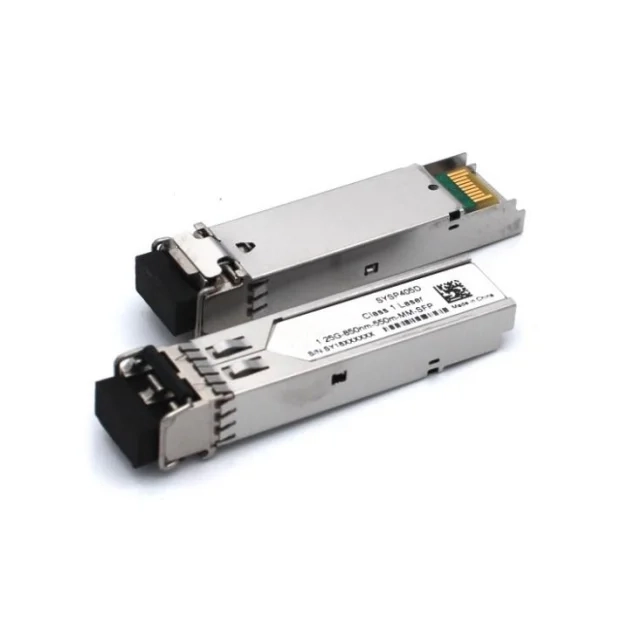- This topic is empty.
-
AuthorPosts
-
19/03/2024 at 14:20 #989
In today's digital era, the Internet has become an indispensable part of people's lives and work. However, with the continuous increase of network applications and the rapid growth of data volume, network delay problems have become increasingly prominent. Network latency not only affects user experience but also negatively impacts operations and efficiency across industries. In order to meet this challenge, optical modules, as an indispensable component in optical fiber communication systems, have become a powerful tool to solve network delay problems with their high speed and low latency characteristics.

The optical module is a key component for optical fiber communications. It can convert electrical signals into optical signals and transmit them through optical fibers. Compared with traditional cable transmission methods, optical modules have higher transmission speeds and lower delays. This makes it ideal for solving network latency issues.
First, optical modules have higher transmission speeds. Traditional cable transmission methods are limited by the transmission speed of electrical signals, while optical modules use optical signals for transmission. The speed of light is much faster than the transmission speed of electrical signals, which means that it can transmit data at a faster speed, thereby reducing the need for data transmission. time delay. Whether in large-scale data centers, cloud computing environments or high-speed networks, optical modules can provide more efficient data transmission speeds, thereby solving network delay problems.
Secondly, optical modules have lower latency. Latency refers to the time it takes for data to travel from the sender to the receiver. The traditional cable transmission method will cause high transmission delay due to the slow transmission speed of electrical signals. Optical modules use optical signals for transmission. The speed of light is fast and the transmission loss of optical fibers is small, so it can greatly reduce transmission delays. This is particularly important for application scenarios that require real-time data transmission, such as online games, video conferencing, high-frequency trading, etc. The low-latency characteristics of optical modules can ensure fast transmission of data, thereby improving user experience and business efficiency.
In addition, the optical module also has high stability and reliability. As a transmission medium, optical fiber is not affected by electromagnetic interference and can transmit data stably. The design and manufacturing of optical modules also undergo strict testing and quality control to ensure their stability and reliability. This means that when using optical modules for data transmission, users can rely more on network connections without worrying about data loss or transmission errors caused by network delays.
To sum up, optical modules, as a powerful tool to solve network delay problems, have higher transmission speed, lower delay, higher stability and reliability. It plays an important role in all walks of life. From large-scale data centers to intelligent transportation systems, from cloud computing to the Internet of Things, optical modules can provide efficient data transmission solutions. With the continuous advancement and innovation of technology, it is believed that optical modules will continue to play an important role and make greater contributions to solving network delay problems.
How to choose a high-quality optical module manufacturer
Optical Module Installation and Maintenance Guide
The leader in optical module manufacturing: providing you with excellent solutions
Revealing the key factors affecting the transmission speed of optical modules
Performance indicators of optical modules: key parameter analysis and application discussion
Explore optical module transmission distance and rate
Explore different types of optical module interfaces
Optical modules: From origin to future, explore the development history of optoelectronic devices
Optical module: core composition and structural analysis of optical communication system
Optical modules application guide: 7 key considerations to ensure smooth communication
The relationship between optical module power and optical communication performance
Core components of optical modules and their role in optical communication systems
Transmission rate and transmission distance of optical modules
Analyze the importance of performance parameters of optical modules in optical communication systems
Optical module heat dissipation design: key technology to ensure performance and lifespan
Optical module packaging form and size standards
Explore optical module compatibility issues
Application and technical requirements of optical modules in 5G communications
-
AuthorPosts
- You must be logged in to reply to this topic.